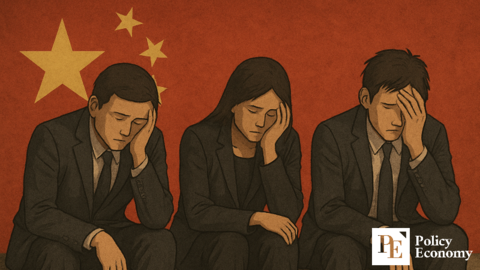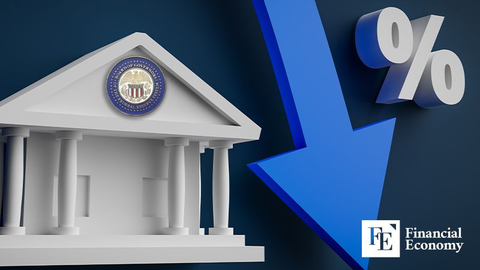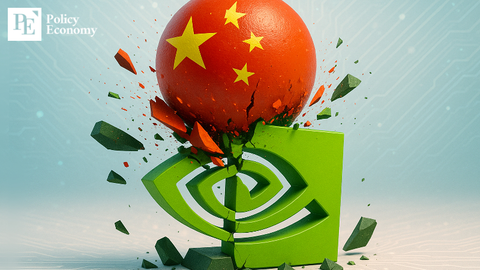Investment Fever Overheats — China's Manufacturing Overcapacity Is Undermining Its Economy
Input
Modified
China’s prolonged overproduction trend is deteriorating its manufacturing sector. The EU accuses China of distorting the market through subsidy-driven overcapacity. While Beijing denies the existence of such subsidies, evidence suggests otherwise.
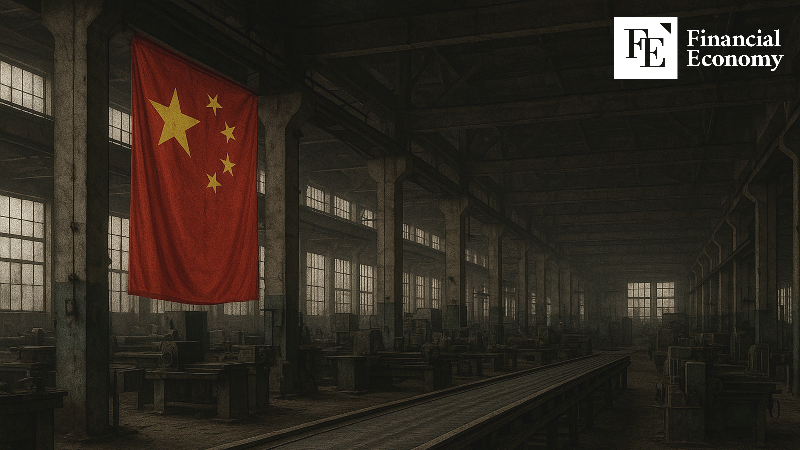
China is grappling with the consequences of manufacturing overcapacity. Excess supply has outpaced demand, intensifying domestic competition and dragging down the broader manufacturing sector, while accelerating deflationary pressure. On top of this, major economies including the European Union (EU) have criticized Beijing for flooding global markets with subsidized exports, accusing China of distorting fair competition through state-backed overproduction.
China’s Economy Struggles Under the Weight of Overcapacity
On July 29, the Financial Times reported that Chinese local governments are ramping up investments in advanced manufacturing sectors such as electric vehicles (EVs), artificial intelligence (AI), and robotics to meet GDP growth targets. Manufacturing investment in China rose 9.5% last year and is expected to grow another 7.5% this year. Yan Se, associate professor of applied economics at Peking University’s Guanghua School of Management, recently predicted that China’s share of global manufacturing value-added could increase from the current 27% to 40% over the next five years.
However, this aggressive investment could backfire. A recent report by Weihe Zhang, chief economist at The Conference Board China Center, highlighted that in 2023, lower-tier Chinese cities invested an average of 58% of their GDP—far above the national average of 40% and nearly 2.6 times the OECD average of 22%. Zhang warned that, despite existing overcapacity, local governments continue to boost industrial and infrastructure investment to offset weakness in the property market—an approach that is compounding inefficiencies through redundant capacity.
The broader manufacturing sector is already showing signs of strain. According to China’s National Bureau of Statistics, the July Manufacturing Purchasing Managers’ Index (PMI) fell to 49.3 from 49.7 in June, marking four consecutive months of decline. A PMI reading below 50 indicates contraction in the manufacturing sector.
Excessive investment and overproduction are also driving deflationary pressure. As consumer demand shrinks amid ongoing economic sluggishness, surplus supply is pushing prices down. China’s Consumer Price Index (CPI) plunged 0.7% year-over-year in February and fell by 0.1% for three consecutive months from March to May, only rebounding slightly with a 0.1% uptick in June.
Global Ripple Effects of China’s Overcapacity
China’s industrial overcapacity is now causing turbulence beyond its borders, sparking concerns about global market stability. On June 26, economic research firm Capital Economics reported that falling prices of Chinese consumer goods are fueling disinflation, a direct consequence of overproduction. The price of Chinese exports has dropped more than 20% since the COVID-19 pandemic, with analysts estimating this has shaved approximately 0.4 percentage points off inflation rates in advanced economies.
According to Capital Economics analysts, around 30% of Chinese firms are currently selling products at a loss due to excessive supply flooding the global market. Many are staying afloat only through bank loans and government subsidies. This dynamic is drawing scrutiny not just from the U.S., but also from the European Union (EU), Japan, and emerging markets. What was once seen as the engine of global economic growth is now being viewed as a destabilizing force, exacerbating geopolitical tensions through structural imbalances.
The EU has raised particular concern over what it views as Chinese “dumping” of surplus goods into the European market—especially in strategic sectors like solar panels, batteries, and electric vehicles. European officials argue that these underpriced imports, supported by Chinese state subsidies, are undermining local industries and threatening jobs.
At the G7 summit held in Canada from June 16 to 17, European Commission President Ursula von der Leyen explicitly criticized Beijing’s role in distorting global trade. “As China’s economy slows, it is flooding global markets with overcapacity—produced through heavy subsidies—that its domestic market cannot absorb,” she said, warning of potential long-term damage to the global economic order.
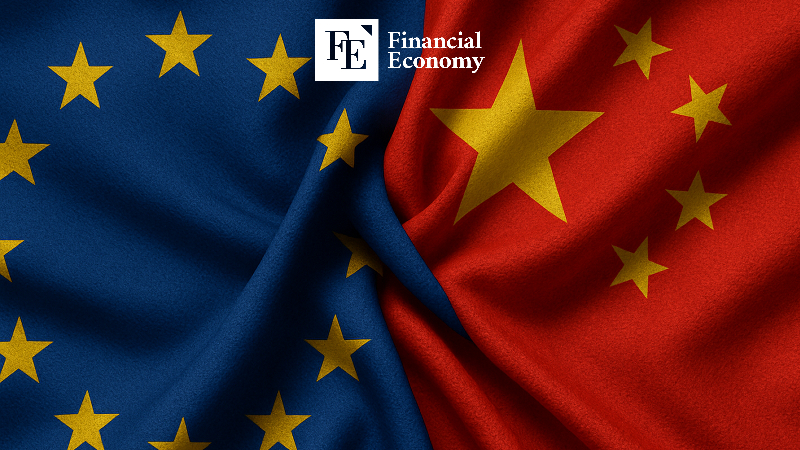
China Deflects Blame, Cites Work Ethic Over Subsidies
While criticism mounts over China’s role in distorting global markets through manufacturing overcapacity, Beijing is deflecting responsibility. Rather than acknowledging the role of government subsidies or overinvestment, Chinese officials attribute the phenomenon to the industriousness of their people. According to Bloomberg, Chinese Premier Li Qiang stated during the closing remarks of the China–European Union Summit in Beijing on June 24 that China’s manufacturing strength stems from the “exceptional diligence” of its citizens.
“Chinese factories operate 24 hours a day,” Li noted. “Some say this disrupts the global supply-demand balance, but that’s a separate issue.” He went on to emphasize that China's average workweek is about 49 hours—the highest among G20 nations. Rebutting accusations of unfair trade practices, Li asserted, “We’re not as wealthy as Europe and can't afford such things. We’re not foolish enough to spend hard-earned public funds on subsidies so foreigners can benefit from cheap goods.”
However, many in the global market find these claims unconvincing. Analysts argue that China’s overproduction cannot be separated from the state’s aggressive industrial policy, particularly the “Made in China 2025” initiative, which has fueled manufacturing expansion through extensive government support.
According to the Rhodium Group, tax incentives granted to Chinese manufacturers grew at an average annual rate of 29% between 2018 and 2022. In 2022 alone, Chinese companies received an estimated $185 billion in tax breaks. Direct state investment also surged—reaching $52 billion in 2020, more than five times the 2015 level. Such figures undermine Beijing’s claim of limited fiscal intervention and highlight the state’s pivotal role in shaping China’s manufacturing landscape.


